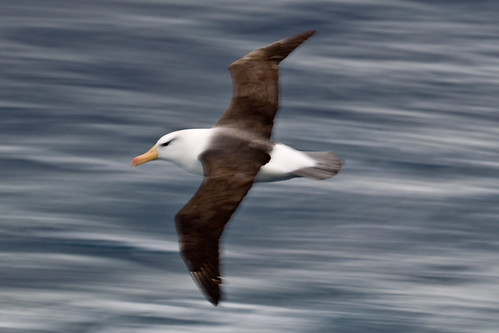I see you posted right before I did that you use LR 5.
Perhaps we could get a few people to offer suggestions on how they do Noise Reduction in LR 5. It might help.
For me I just zoom to a certain spot in LR 4 and adjust the sliders to get the best look. I balance it with sharpness as they tend to cancel each other out. I know there are more advanced methods.
I know there are others here who can give an advanced tutorial if asked.



 Reply With Quote
Reply With Quote
 You just have to take what mother nature gives you and wait for good light to go after the birds.
You just have to take what mother nature gives you and wait for good light to go after the birds.
 . I have decided I need to learn how to use what I have, I know the 7D has its limitations but I have seen other photographers do much better than I do in low light with less quality equipment.
. I have decided I need to learn how to use what I have, I know the 7D has its limitations but I have seen other photographers do much better than I do in low light with less quality equipment. 

